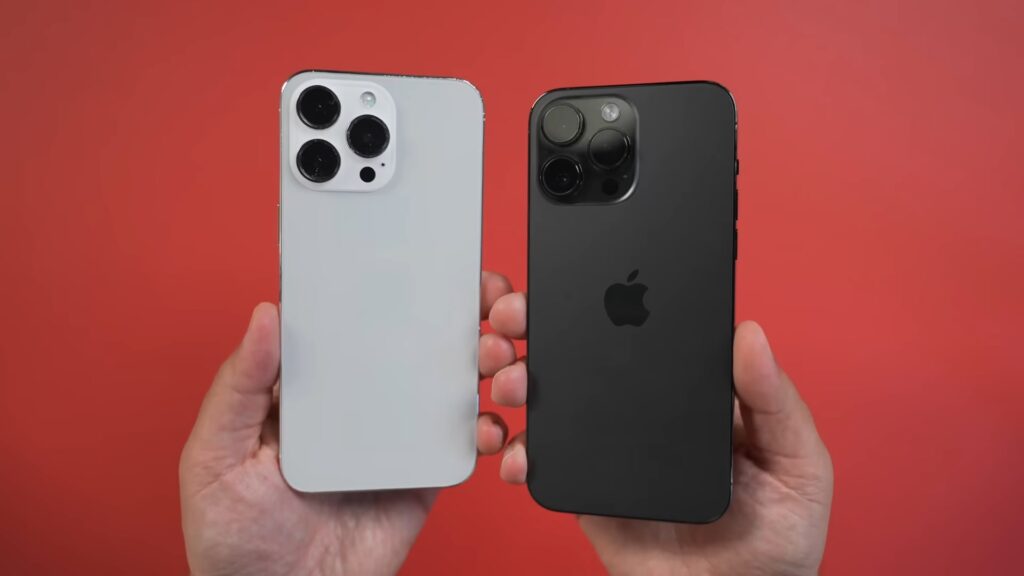According to a recent rumor, there will be significant differences between the initial and future versions of Apple’s A17 Bionic chip, which is expected to debut in the iPhone 15 Pro and iPhone 15 Pro Max later this year.
The key distinction lies in the manufacturing process, with the initial A17 chip utilizing TSMC’s N3B process, while a later version will transition to the N3E process in 2024. The switch to N3E is primarily motivated by cost-cutting measures, potentially compromising some efficiency gains.

TSMC’s N3B process, developed in collaboration with Apple, represents the original 3nm node and has been ready for mass production for a longer period than N3E. However, N3B exhibits a lower yield and is not compatible with TSMC’s upcoming successor processes.
On the other hand, N3E is a more accessible node with fewer EUV layers and lower transistor density. While N3E may sacrifice some efficiency, it can offer improved performance. Apple had originally planned to use N3B for the A16 Bionic chip but had to settle for N4 due to time constraints.
Therefore, it is possible that the initial A17 chips will adopt the N3B CPU and GPU core design intended for the A16, before transitioning to the original A17 designs with N3E in 2024. Apple will likely continue refining this architecture through TSMC’s future nodes for subsequent chips like the “A18” and “A19.”
Also Read: Is Starfield coming to PS5 or PlayStation?
Considering the drastic nature of such a change, it is highly unlikely that Apple would introduce such a significant alteration to the A17 Bionic chip during the product cycle of the iPhone 15 Pro and iPhone 15 Pro Max. Therefore, it is more plausible that the N3E version of the chip will be incorporated into next year’s standard iPhone 16 and iPhone 16 Plus models.
This aligns with past practices where Apple has introduced variations in chip configurations across different iPhone generations while still utilizing the same chip base.
The source of this rumor is a Weibo user claiming to be an integrated circuit expert with 25 years of experience working on Intel’s Pentium processors.
This individual has previously made accurate predictions, such as the inclusion of a Lightning-like authenticator chip in the USB-C port and charging cables of the iPhone 15 and 15 Pro, a rumor that was later supported by established sources.
They also correctly indicated that the standard iPhone 14 models would feature the A15 Bionic chip, while the A16 would be exclusive to the iPhone 14 Pro models.
In summary, the rumor suggests that Apple’s A17 Bionic chip will undergo significant changes, with an initial version utilizing TSMC’s N3B process and a subsequent version transitioning to N3E for improved cost efficiency.
However, it is unlikely that these changes will occur within the product cycle of the iPhone 15 Pro and iPhone 15 Pro Max, making it more probable for the N3E version to appear in the iPhone 16 and iPhone 16 Plus models next year. The source of the rumor has a track record of accurate predictions, adding credibility to these claims.

I am a law graduate from NLU Lucknow. I have a flair for creative writing and hence in my free time work as a freelance content writer.